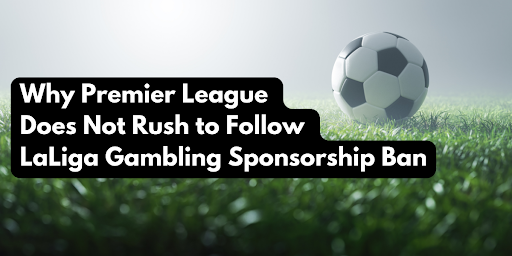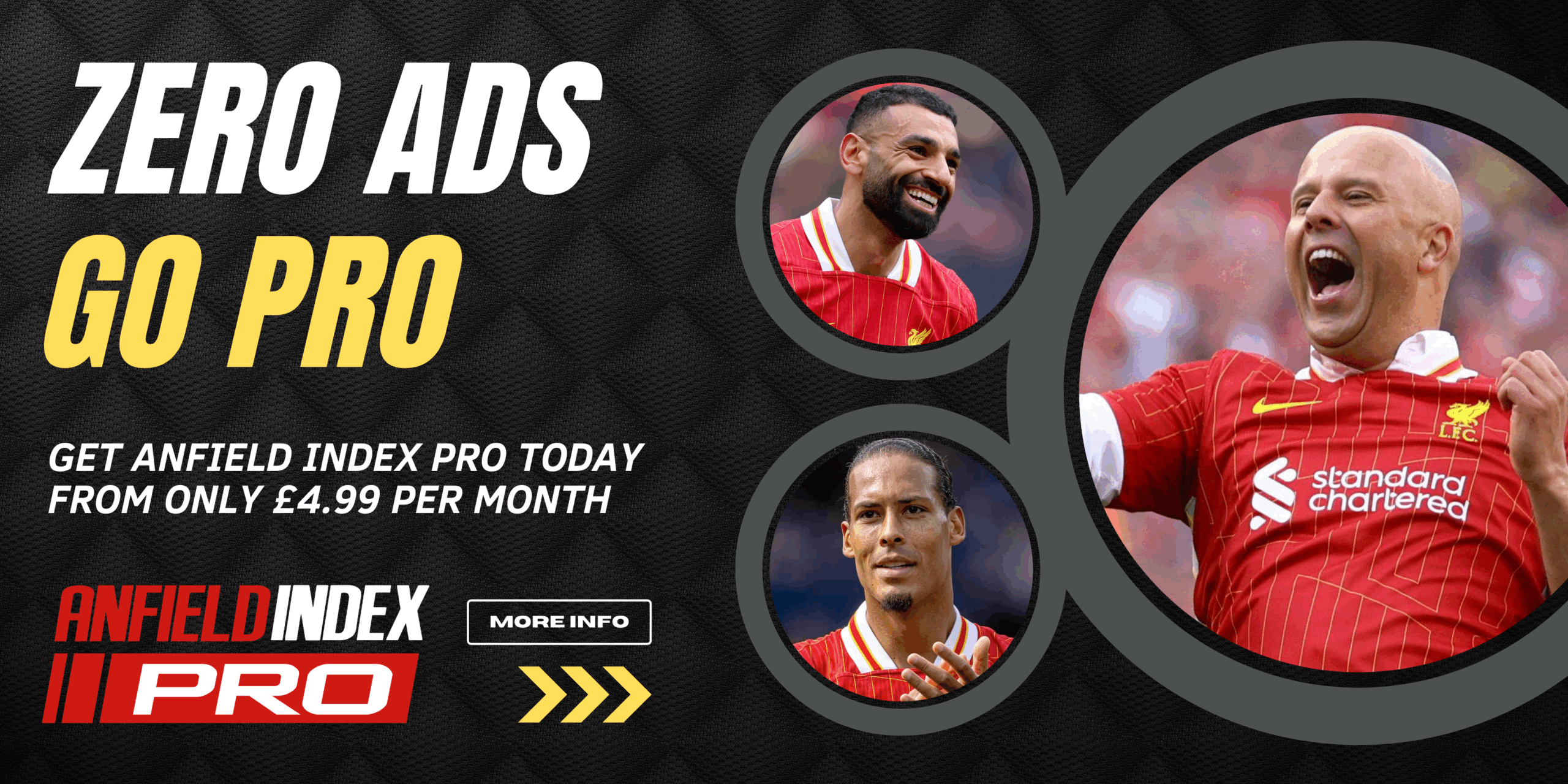In 2022, Segunda and Primera clubs were banned from advertising betting companies on their shirts. This was mainly done to combat somehow gaming addiction in Spain, which has been prevalent in the last couple of years. The initiative to ban ads on players’ shirts was supported by La Liga and approved by the government, as it would be the way for football clubs to help problem gamblers. This is important because the 2019-20 study results from the Spanish Ministry of Health show that almost 670,000 people in the country, aged between 15 and 64, either have or are at risk of problem gambling. So, this approach was quite reasonable. However, this initiative also actually got some pushback from clubs that experienced financial problems after the Covid-19 pandemic.
Things started to escalate once again when, at the beginning of 2023, the Premier League announced to the public that they would follow La Liga and implement a ban on betting companies regarding sponsorships. However, the Premier League’s approach is a bit different from that of La Liga. Precisely, it plans to ban only the front-of-shirt placement of ads, while ads on sleeves and other parts of shirts are still allowed. So, what’s all this fuss about, and when is this ban planned to take action? Let’s get into more details.
The Main Issue and Solutions
Typically, the majority of people who join NonStop bookies not in the UK do so for fun, to bet on sports events and games. However, there is also an army of campaigners, fans, and pundits who have long been concerned that the prevalence of betting ads in sports contributes to problem gambling. It’s the same as it was with sponsorships regarding alcohol, fast food and tobacco – a lot of people were against it in the past because such ads could easily promote bad habits.
Critics who oppose gambling ads argue that front-of-shirt betting deals expose younger followers to a potentially harmful industry. Following this thought, the Culture Secretary, Lucy Frazer, shared her opinion, saying that while the majority of adults bet safely, footballers have more influence on younger people as they are their role models.
So, what was the solution to these concerns? Twenty clubs in the Premier Leagues have agreed to voluntarily remove betting/gambling sponsors from their matchday playing shirts. This means companies in the gaming industry will not be able to buy a team’s front-of-shirt sponsorship inventory.
They still have the chance to advertise on club training tops, shirt sleeves and stadium advertising hoardings. This is an understandable move, as sports clubs make a lot of revenue from gambling sponsorships, so they couldn’t abandon their “treasure pit” completely.
Another important aspect is that this new regulation is set to become active from 2026/27. This means the Premier League has a generous three-season window to refuse any existing partnerships and to begin sounding out alternatives. Some reports have also suggested that sports clubs in the League can continue to sign new front-of-shirt gambling deals before the ban comes in. As the Senior Vice President of soccer marketing in Europe for the Octagon agency, Phil Carling believes that the Premier League has chosen “the least-worst option.”
What’s the Final Impact
The impact of this decision is not as big as it seems at first glance. Eight clubs in the Premier League currently have front-of-shirt sponsorship with betting platforms. These include West Ham, Newcastle, Bournemouth, Fulham, Everton, Leeds, Southampton, and Brentford. Most of these clubs are in the bottom half of the table.
According to Carling, these partnerships are normally worth from UK£4 million to UK£6 million annually for each club. These numbers pale in comparison to the tens of millions of dollars that the first “great six” clubs earn each year from their front-of-shirt deals.
In addition, with the gambling industry now restricted to exposure on advertising hoardings and sleeve deals, sports clubs could also take advantage of the tough competition for a spot on that inventory by driving up their asking prices. The question is whether the government will be satisfied with these “partial” bans.
Conclusion
The Premier League walks a tightrope. Fearing a full La Liga-style ban, they enacted a partial one, prioritizing youth protection while minimizing financial blows to clubs. This is a smart move, considering how often gambling ads show up on Premer League stadiums and football players’ t-shirts. The staggered rollout offers time for new sponsors and lets them capitalize on limited ad space. But the question lingers: will the government see this as enough, or will a stricter ban be dealt with in the future? The Premier League’s gamble hinges on the answer.




